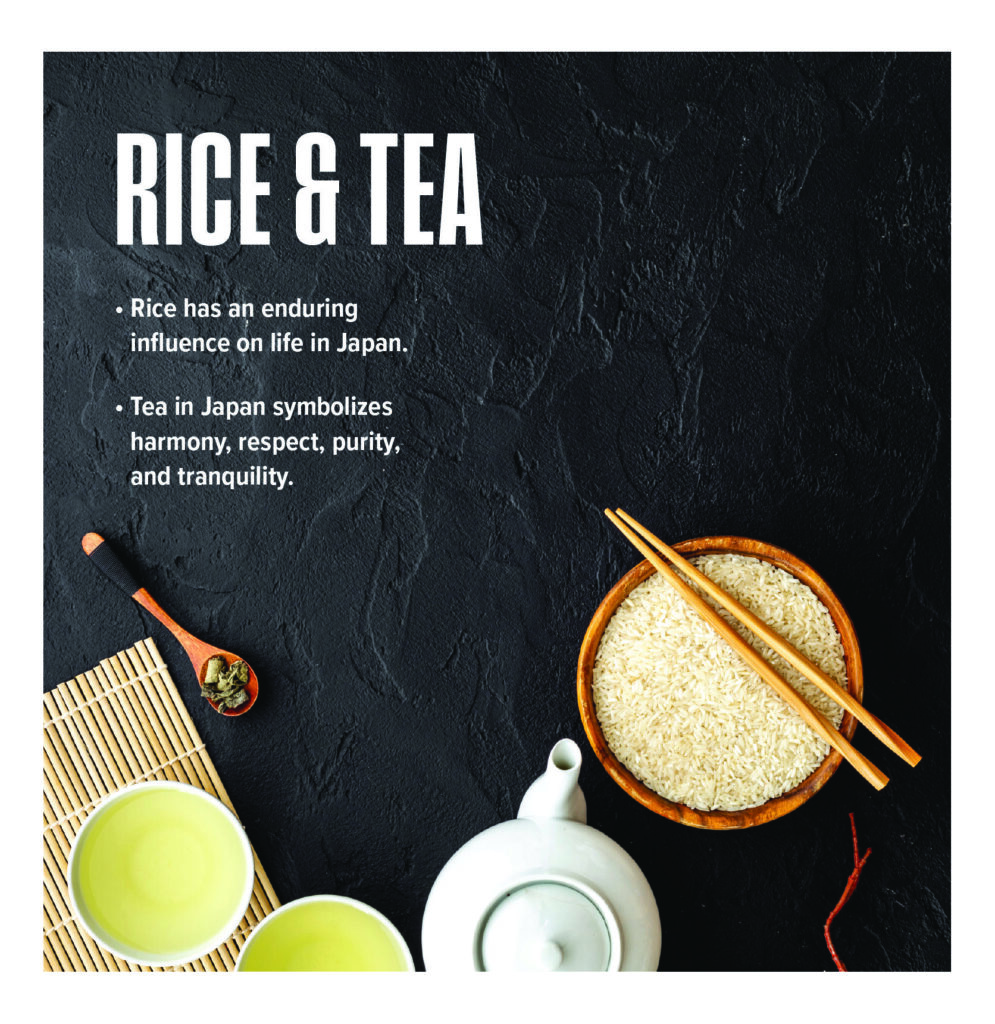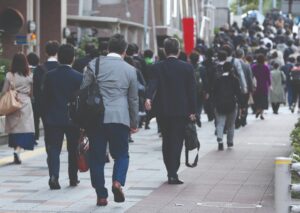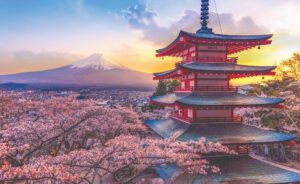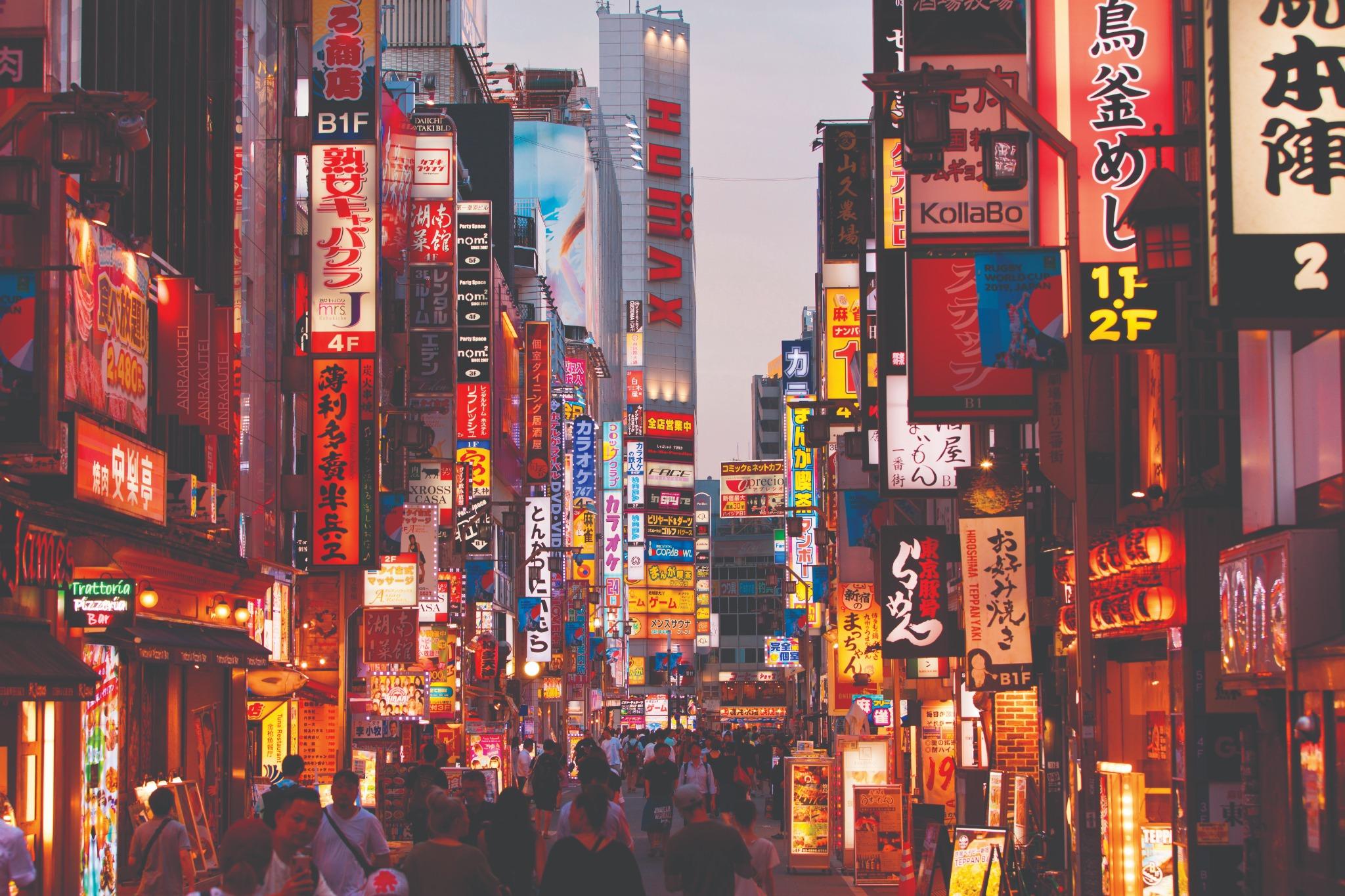
By Nick Wise
Academic Researcher
Arizona State University
Phoenix, Arizona
nick.wise@asu.edu
In a short few months, I am planning to travel to Japan for the first time. After visiting over 100 countries around the world, Japan has been one country that I have always wanted to visit, and with a conference coming up, now I finally get the chance.
I have learned quite a lot about Japan over the years. As a student, one class I took as an elective was Japanese Culture and Society. I took this class 20 years ago with the intention of going there to study abroad. I decided to go elsewhere and never organized a trip there. Now, I find myself 20 years later, still reflecting on that class, excited as I make plans to visit Japan and present my research on new stadiums at a conference and explain how these developments are adding more green spaces to urban landscapes. While my learning about Japanese culture is reflective of the class I took, I now need to be prospective and prepare myself to visit a place with business practices, academic settings, and a cultural environment much different from my own.
 Rice and Tea: Culturally Significant Staples
Rice and Tea: Culturally Significant Staples
I want to start with rice (gohan ご飯) and tea (cha 茶 or ocha お茶). In my Japanese Culture and Society class, we discussed the cultural and traditional significance of the staples of food, culture, and socialization in Japan. Foremost, rice has an enduring influence on life in Japan. Rice holds profound cultural, spiritual, and economic implications, suggesting it is far more than a dietary staple. It embodies history, spirituality, and cultural identity. Rice has a multifaceted meaning in Japan: a symbol of nourishment, prosperity, and tradition. Rice is the sustenance of well-being and for all occasions, as it has a presence in rituals and language and is customary in all daily meals. Gohan, the word for rice, also means “meal,” which demonstrates why rice is a key component of every meal.
“Eat rice to sustain the soul” is a famous idiom that is indicative of the importance of rice. Rice cultivation has over a 2,000-year history in Japan. Across millennia, the history of rice has shaped the development of Japanese agriculture and surrounding settlements in rural areas. Historically, rice was a currency and was also a measure of wealth. Early land valuation was assessed based on the amount of rice production. Along with economic significance, rice is a central component of Shinto rituals and cultural festivals to honor spirits and ancestors. Rice is made as an offering to pay tribute to a good harvest and for blessings and continuity. Sipping saké, which is a rice-based alcohol commonly enjoyed during ritualistic ceremonies, is rooted in Japanese tradition.
I look forward to this staple with each meal and to respect custom while eating, as it is important to finish each grain of rice with the meal. Before eating, it is customary to express gratitude (itadakimasu いただきます) to the farmers and their preparation efforts, and after eating, it is customary to thank (gochisousama deshita ごちそうさまでした) the host or the chef who prepared the meal. There is also some common chopstick etiquette to be aware of with rice, which includes not sticking the chopsticks into the rice, pointing with them, or crossing them on the table.
Like rice, tea also holds deep cultural, spiritual, and social significance in Japan. Many of us enjoy a cup of tea each morning or evening, but what we take for granted as a simple beverage is transcended in Japan. Tea in Japan symbolizes harmony, respect, purity, and tranquility. Tea also has centuries of tradition as it was introduced to Japan in the 9th century. Buddhist monks brought tea to Japan from China, and it was ceremonially used in Zen monasteries for relief and meditation.
I look forward to attending a tea ceremony or learning from colleagues while enjoying tea. This is a tradition dating back to the 16th century and has a ceremonial (Sadō or Chadō 茶道) form that showcases the meditative art of tea formalized in a tranquil setting. At tea ceremonies, Zen principles of mindfulness and simplicity are employed to foster calmness and encourage introspection. Tea is also a symbol of hospitality and an offering to guests to show respect for their visit, and to encourage a sense of togetherness for social and community bonding. What I look forward to is an experience complemented by the artistic and aesthetic influence of tea houses. I will likely look to purchase some tea utensils as a keepsake from this experience to enjoy at home.
I believe having an understanding of food culture in Japan is a tasteful way to start thinking about how I will immerse myself as I plan my trip to Japan. Rice is the symbol of nourishment and well-being to sustain, and tea is the philosophy of living, relationships, and everyday life. Both are fundamental to socialization and human interactions.
 Preparing for Aspects of Business Culture
Preparing for Aspects of Business Culture
Japanese business culture is one deeply rooted in tradition, respect, and hierarchy. When preparing for a conference or business meeting in Japan, it is therefore necessary to understand these unique aspects. Appropriate behaviors in business meetings are vital for building a successful partnership. I note a few aspects that I am preparing for as I think about the work and collaborations I hope to make.
In Japan, hierarchy and formality are important. Knowing the titles and positions of those you meet with is more common than addressing someone by their first name. Like many cultures, people in Japan write their surname first and then their given name, so being sure to know one’s title is a way of showing respect for their status.
In the U.S., individualism and being independent in our thinking and decision-making is common. In Japan, group-oriented decision-making is common. This approach also ensures harmony among team members. Working this way can require some extra patience, as the process of making a decision and agreeing to terms can take more time. Relationship-building is also developed for the long term, so don’t expect to make a quick deal. Deals and collaborations can also require multiple meetings, but this patience is important to your partners to build trustful and meaningful partnerships. Being silent is seen as a sign of thoughtfulness and subtlety, which are prized attributes in a business setting. Indirect responses such as “maybe” or “we will consider this/it” might mean someone is trying to say “no,” so I will be sure not to jump to a conclusion. Many times, direct refusals are not used to maintain harmony. In meetings, it is encouraged to speak softly and with an even and purposeful cadence.
Many in Japan dress conservatively in dark suits and neutral colors. I tend to use LinkedIn or a QR code to exchange my details, but, in Japan, business cards are still exchanged in a formal manner. A formal exchange is with two hands, handing out and receiving, and don’t write on business cards or put them directly in a pocket. I have been told by a friend from Japan that putting business cards into your wallet after a meeting shows importance, as you are putting the card close to money.
Japan is known for punctuality, as this is a sign of professionalism and respect. Showing up on time will ensure a great first impression, and initial greetings might be with a bow, but many note that handshakes are common when meeting people from different cultures. Bows do, however, convey respect, but handshakes are increasingly accepted. A deeper bow does signify greater respect and is an integral component of social etiquette. When closing a meeting or a session, it is vital to thank all participants. It is also common to avoid any immediate pressure to allow time to reflect on the meeting before getting in touch again after the meeting.
In Japan, business is an interaction, and respect is at the center of how one should interact. Key aspects here are patience and formality in professional settings, whether this be a business meeting or attending a conference. In Japan, it is important to leave a lasting, formal, professional impression.
 Being an Immersive Traveler
Being an Immersive Traveler
Being an immersive traveler means engaging deeply with the culture, environment, and people of a destination rather than simply observing from the outside. It involves meaningful interactions and a willingness to step outside one’s comfort zone to experience a place authentically. Understanding food, customs, and everyday business practices will help with being an informed and immersive conference attendee or business traveler in a different cultural setting.
When preparing for my trips, I always read about local culture and customs. I also try to learn some basics of the language—mainly greetings to show respect and be polite in initial interactions. How we dress can greatly differ, so I look into attire customs and plan for any local dress codes.
I am traveling for a conference, and it can be easy to connect with people we know. However, taking time to engage with local people and using locally owned hotels or guesthouses is a way to ensure your money is retained locally. I will also be checking the local events schedule. Whether you can attend a community activity, local festival, or market is a matter of the timing of your trip, but these can greatly enrich the overall experience.
Making a local impact based on where you stay is something we easily overlook. This is something I always do—seeking out a local family-run hotel. I do the same when deciding where to eat, but with conferences, much of this is planned in advance. However, during my free time or when I want to try new foods, I find markets and street vendors to be the best options.
Meetings in Japan are not meant to be rushed, and likewise, we should take these lessons outside of meetings. It is easy to take too much work on a business trip, but being immersive is also about slowing down, listening, and observing. This helps open our minds and expand our curiosity to learn more about a culture and society. Listening and observing help us challenge our assumptions—be prepared to have your worldview expanded.
To conclude, understanding historical aspects of culture creates awareness, which can go a long way in immersing and connecting with peers, colleagues, and clients. Being an immersive traveler is not about quickly visiting a number of attractions but forging connections, learning from others, and supporting local family businesses. This is all about having an appreciation of the world through a new lens. I look forward to visiting Japan in a few months and gaining a new and immersed awareness of Japanese culture and business practices.



